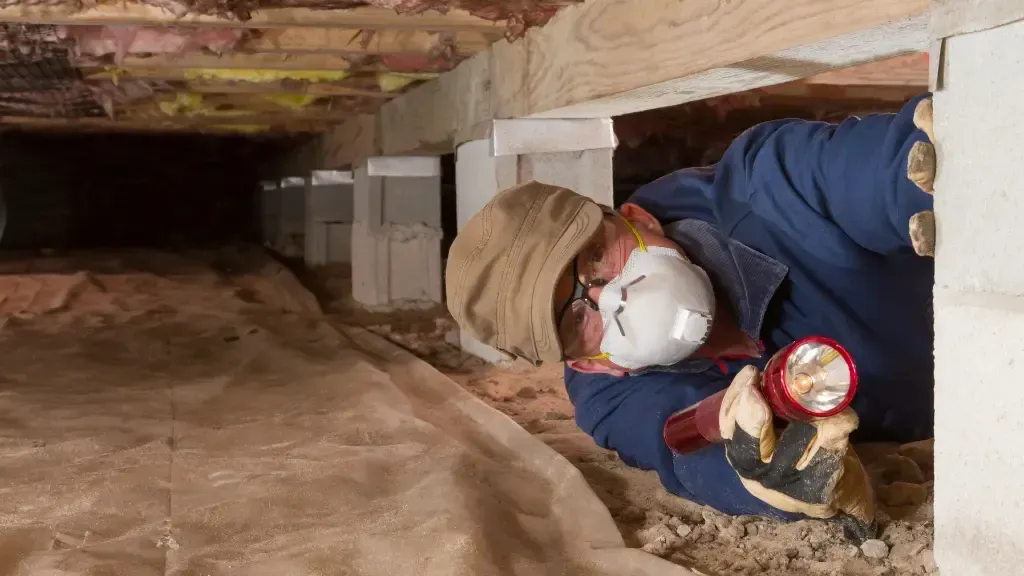Protect Your Home from Mold with Regular Crawlspace Inspections

Ah, the crawlspace. The perfect room for housing forgotten treasures like Grandpa’s old luggage and broken-down vacuums. Years can pass before you decide to dig out an old relic you swore you stashed away years ago. Unfortunately, you might find a hidden intruder instead of a long-lost item.
Mold thrives in dark, damp, and undisturbed locations. If you want to keep mold out of your home, you might want to start taking more trips to the crawlspace each year. Mold can cause serious problems to human health and home safety. Below is a list of reasons why you should inspect your crawlspace for hidden mold.
The Top Five Reason to Care About Crawl Space Mold
Musty & Mildew-like Smells
The one good thing about most species of mold is they typically emit an unpleasant smell. Although odorous, these smells act as a mineshaft canary and will alert you to larger and potentially hazardous issues within the walls of your home. Never ignore these smells. As soon as you sense a musty and ever-present odor, it’s time to get to work on remediation. Effective crawlspace mold remediation can address these issues promptly.
Year-Round Allergy Symptoms
Typically, allergies are worst in the spring and summer. If you notice symptoms year-round, it might indicate that you have a mold issue in your crawlspace. Symptoms of mold allergies mimic those of the common upper respiratory infection. If you are experiencing stuffy noses, sneezing, cough, sinus issues, and sore throat, it might be time to call in the professionals for help. Crawlspace mold remediation can help alleviate these persistent health problems.
Structural Damage
Mold is a living organism that eats away at organic materials. Consider your home an all-you-can-eat buffet for this biological menace. Mold can chew through common materials like wood, wallpaper, carpets, and curtains if left unattended. It can bore into fiberglass insulation and spread in crawlspaces and attics. Failing to address mold could lead to irrevocable damage to your home. Engaging in crawlspace mold remediation early can prevent significant structural damage.
Toxic Mold Syndrome
This is the most hazardous effect of mold. Certain forms of mold are toxic to humans and pets. Common symptoms of TMS are linked to neurological disorders like confusion, insomnia, memory loss, depression, anxiety, and mental conditions. Thankfully, this scary syndrome is uncommon. If you think you are suffering from TMS, it’s vital to contact a licensed healthcare professional as soon as possible. Removing yourself from the home and proper treatment will help remedy your symptoms.
Home Value
In addition to negative health effects, mold also seriously impacts the value of your home. Most potential buyers are fearful of mold infestations, and for good reason. If mold is found in your home while on the market, you will most likely see reductions in offers and find a lower sales price. Proactive crawlspace mold remediation can preserve your home’s value.
Don’t Underestimate the Importance Of Crawl Space Inspections
We often avoid problems that are out of sight and out of mind. Tucked away in the corners of our homes, crawlspaces are the perfect area to host hidden mold growth. If you fear that your crawlspace is harboring a mold issue, contact our offices for helpful tips or a consultation. Our team of crawlspace mold remediation specialists is expertly trained and can remove any mold issue with ease.



